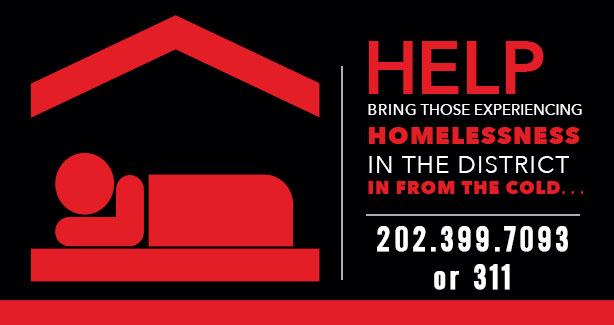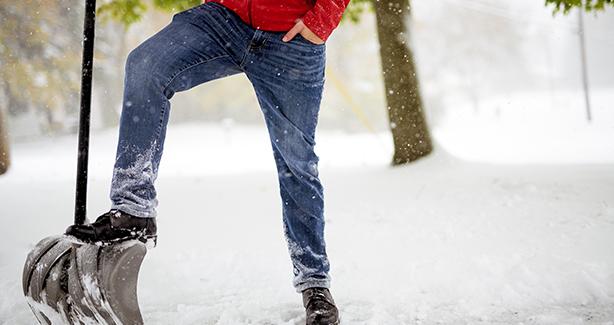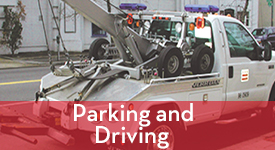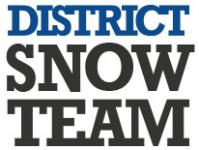About Track Our Plows

Using the District’s PlowTracker system, you can see the progress of DC snow plows (as well as contractors’ plows and rental plows). PlowTracker shows where trucks have traveled throughout the city doing both pre-treatment and plowing for the ongoing snow event. The map indicates where plows/pre-treatment vehicles have been.










